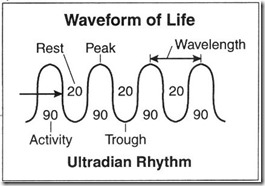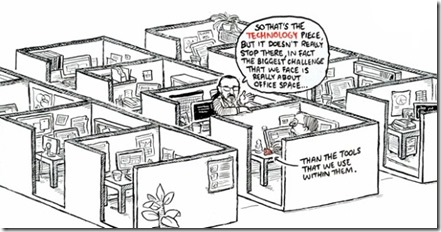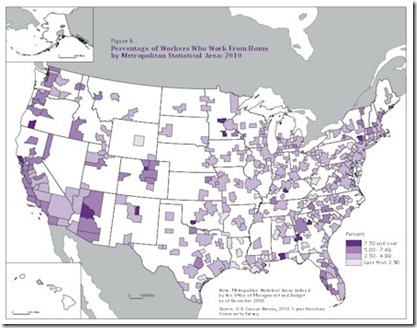Time to flex your business mussels. The summer solstice brings the Fowey Mussel Festival a celebration of that mulish mollusk, the mussel. Most of us have stumbled upon them anchored on coastal rocks where they are constantly battered by the pounding surf. As it turns out, it is not calcified obstinacy, but rather flexibility that secures its position so strongly. NBC describes the role model the mussel is having on a number of engineering problems in its piece “Super-strong mussel fibers could inspire earthquake-proof buildings”…
“[Mussels] are anchored in place by a stringy outcrop of cabling that emerges from between their twin shells. Usually, even the most vicious of high tides can't pry them loose. The secret to their tenacity is the special design of the rope-like strands that bind them, researchers now find. They're got a bit of stiffness and a bit of flexibility, they report in the July 23 issue of Nature Communications, and that's what keeps the mussels sticking around. ‘If you're an engineer, you're trying to fix things very rigidly,’ Markus Buehler, professor of civil and environmental engineering at MIT, told NBC News. ‘But nature has taught us here that to make things resilient in the long term, there needs [to be] a flexible structure.’…Twenty percent of the cabling that holds the bivalves in place is strong, but flexible. The rest is stiff. When it's tugged away by the force of a crashing wave, the flexible bits help the structure give, just a little bit, dissipating some of the stress on them.”
Business engineers can take similar inspiration from this dynamic of flexibility mixed into stable structure.



